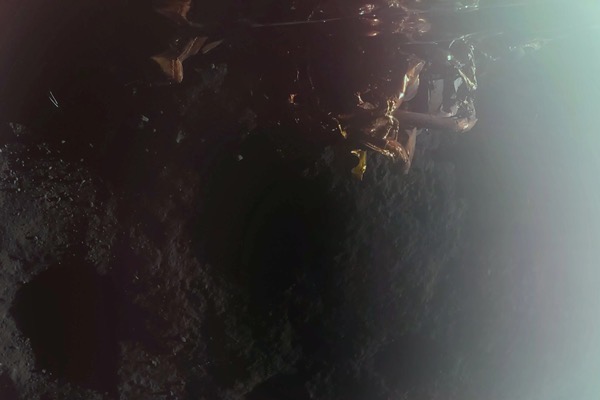The U.S. private company’s *Blue Ghost Mission 1* successfully landed on the Moon

The U.S. private company *Firefly Aerospace* has successfully landed its lunar lander, *Blue Ghost Mission 1*, on the Moon in collaboration with NASA. This achievement has provided the latest close-up images of the Moon, helping humanity gain a deeper understanding of the lunar environment and paving the way for future crewed missions.
According to foreign media reports, at 3:34 AM Eastern Time on March 2, *Blue Ghost Mission 1* successfully landed near a volcanic feature called *Mons Latreille* on the visible side of the Moon. Firefly Aerospace CEO *Jason Kim* stated that the landing process was executed with precision. This accomplishment makes Firefly Aerospace the second private company in the world to achieve a lunar landing. While orbiting 120 kilometers above the lunar surface, *Blue Ghost Mission 1* captured images of the far side of the Moon, revealing an unprecedented view of the lunar crater distribution.
It is reported that in February 2024, the U.S. private company *Intuitive Machines* successfully landed its lunar lander, *Odysseus*, near the Moon’s south pole. This marked the first U.S. lunar landing in over half a century and the first-ever private lunar landing. However, *Odysseus* tipped over upon landing, causing the mission to end prematurely.
*Blue Ghost Mission 1* is conducting analyses of the Moon’s soil, heat flow, and magnetic field. Following its successful landing, it has transmitted the first image of the landing site, clearly showing meteorite craters, lunar dust, and part of the lander itself. This marks a significant milestone in private-sector lunar exploration.
According to the mission plan, *Blue Ghost Mission 1* will operate for 14 Earth days during the lunar daytime, carrying out a series of scientific investigations and capturing key astronomical phenomena. Roughly the size of a small car, *Blue Ghost Mission 1* is equipped with four landing legs and carries ten scientific and technological instruments from NASA. The data it collects is expected to support NASA’s *Artemis 2* mission, which aims to return humans to the Moon before 2030.
- 125 reads
Human Rights
Fostering a More Humane World: The 28th Eurasian Economic Summi

Conscience, Hope, and Action: Keys to Global Peace and Sustainability

Ringing FOWPAL’s Peace Bell for the World:Nobel Peace Prize Laureates’ Visions and Actions

Protecting the World’s Cultural Diversity for a Sustainable Future

Puppet Show I International Friendship Day 2020

